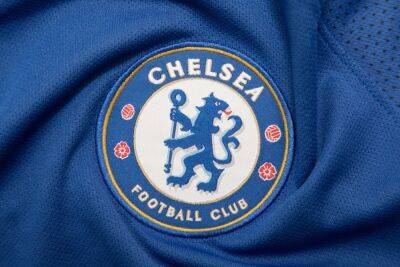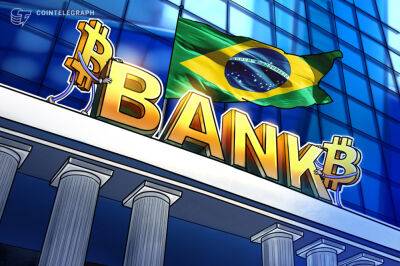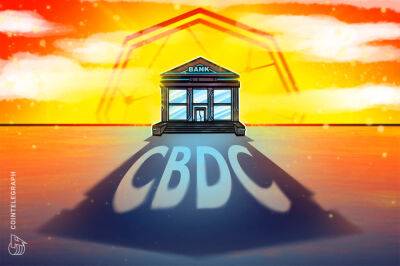Confidence? It’s in short supply at the Bank of England
There is a school of thought that says central banks, after a decade of running scared, have found their mojo again.
Their anxiety stemmed from the 2008 crash, when banks panicked in the wake of the US sub-prime property crash and drained the financial system of funds. Only the central banks could make up the difference – with a lending programme known as quantitative easing – and it has been the same story ever since.
Each time central banks attempted to reinvent the old order, hinting that interest rates might inch back towards 2% or even the old normal of 4% to 5%, investors took fright, forcing a U-turn. On several occasions, including at the start of the pandemic, even more publicly insured money was injected into financial markets to preserve the bedrock of the capitalist system.
It became almost a joke in the Square Mile that when financial markets wobbled, Bank of England officials would print more cash, offering it at almost zero interest rates, in the hope it calmed the fevered brows of City traders.
An inflation rate that is heading to 10% or more has left central banks with “no choice”, in the words of former Bank of England official Adam Posen, but to show some guts and push rates higher, even if it means, in the midst of the Ukraine war, triggering a recession.
Once, central banks worried about the collateral damage from higher borrowing costs, and not just the impact on investors forced to acknowledge that the value of their shareholdings depended on central bank support. They worried about small businesses that might be pushed into bankruptcy and mortgage payers forced to hand back the keys to their homes. Not any more, according to those who support central banks taking a harder line.
The first thing to say to
Read more on theguardian.com















![Litecoin [LTC] investors should watch out for these short-term price levels - ambcrypto.com](https://finance-news.co/storage/thumbs_400/img/2022/5/11/25190_1yg.jpg)




